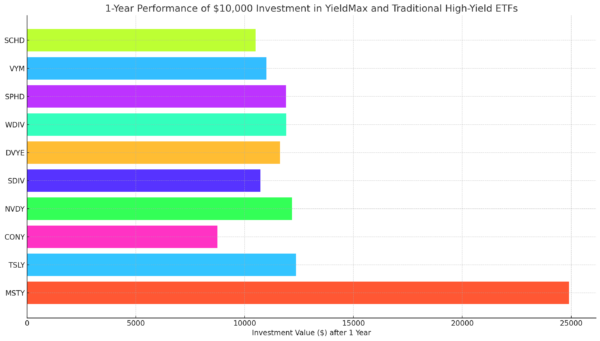Molson Coors (TAP) Dividend History and Safety
Molson Coors‘ (NYSE: TAP) dividend yield has climbed with the recent market drop. Since the start of the year, it’s climbed from below 3% to more than 5%. Now that we’ve likely entered a recession, many companies will see a decrease in sales. Though alcohol stocks tend to do relatively well during a downturn. Alcohol stocks, after all, are sin stocks.
Molson falls under the Consumer Staple Stocks category. If you’d like to, you can open that link to see 20 other stocks with reliable dividends. And today, we’re going to look at TAP dividend history. But first, let’s look at the company overview.
Molson Coors Business Overview
Molson Coors is a $9.4 billion business. The company is based out of Denver, Colorado, and it employs 17,700 people. Last year Molson pulled in $11 billion in sales, or $598,000 per employee. Since it is a consumer goods company, higher sales per worker is common. Bottom-line margins tend to be smaller.
The company operates within the consumer sector and maintains a solid credit rating of BBB- from the S&P. This allows Molson Coors to issue cheap debt to expand operations and pay dividends. To see how Molson has rewarded shareholders in the past, let’s look at the TAP dividend over the last decade…
TAP Dividend History
The company paid investors $1.08 per share a decade ago. Over the last 10 years, the dividend has climbed to $1.96. That’s an 81% increase, and you can see the annual changes below…

The compound annual growth is 6.1% over 10 years… but over the last year, the dividend has climbed 19.5%. The increase in dividend growth is a good sign. Molson Coors stock might work out as a good income investment. Let’s take a look at the yield…
Current Dividend Yield vs. 10-Year Average
Molson Coors’ long history of paying dividends makes it one of the best dividend stocks around. This also makes the dividend yield a great indicator of value. A higher yield is generally better for buyers. Sustainability is also vital, and we’ll look at that soon.
The dividend yield comes in at 5.31%. That’s above the 10-year average of 2.5%. The chart below shows the dividend yield over the last 10 years…

The higher yield shows that investors have bid down the company’s market value. And this makes sense since the entire stock market is down. A lower stock price and higher yield might be justified… but more often than not, the dividend yield is mean reverting with share price changes.
The stock market and TAP stock might decline further, but over the next few years, they should recover. This might be one of the best times to lock in a higher dividend yield on Molson Coors.
Molson Coors Dividend Safety Check
Investors often look at Molson Coors’ dividend payout ratio to determine safety. They look at the dividend per share divided by the net income per share. So a payout ratio of 60% would mean that for every $1 Molson Coors earns, it pays investors $0.60.
The payout ratio is a good sign of dividend safety… but accountants alter net income. They adjust for goodwill and other noncash items. So a better metric is free cash flow.
Here’s Molson Coors’ dividend payout ratio based on free cash flow over the last 10 years…

The last year shows a dividend payout ratio of 33%. This normally would give plenty of wiggle room for the board of directors to raise the dividend. Although the board might slow down or stop dividend growth to help counter negative effects of a recession.
Still, TAP stock is looking much better than many others. Beer and alcohol grocery store sales have spiked in the last few weeks. Though that is partially offset from lower demand due to bars being shut down.
The market is always moving and, to stay in the loop, you can sign up for our free e-letter. Our investment experts share their insight from decades of hands-on investment research and trading.
It’s a turbulent time, but it also presents a better opportunity to find investing deals. The Molson Coors dividend yield is at historical highs. If you buy TAP stock, hopefully it’s a rewarding position for many years to come.





